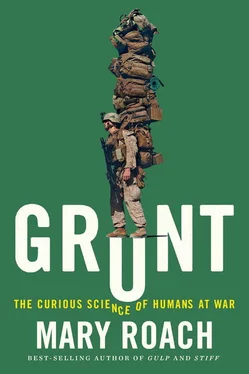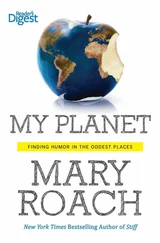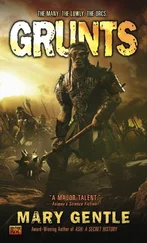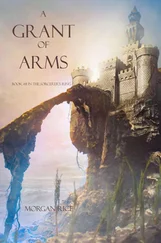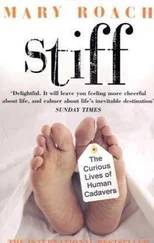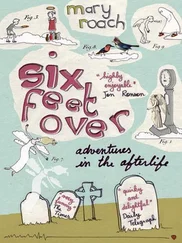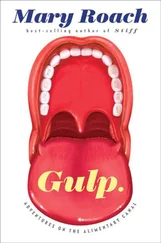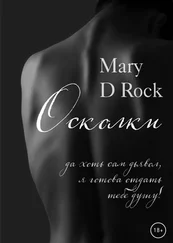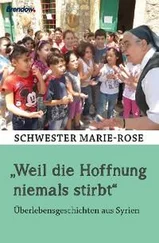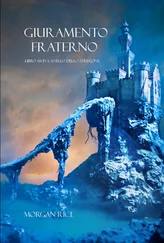To determine what degree of injury the heat would produce, Auerbach runs the reading from the sensor behind the cloth through a burn prediction model—in this case, one developed after World War II by original flame goddess Alice Stoll. Stoll did burn research for the Navy. To work out first- and second-degree burn models, she gamely volunteered the skin of her own forearm. You may excuse her for letting someone else help out with the third-degree burn curve. Anesthetized animals were recruited for this—rats, mostly, and pigs. Pig skin reflects and absorbs heat in a manner more like our own than that of any other commonly available animal. The pig as a species deserves a Purple Heart, or maybe Pink.
What Stoll learned: When flesh reaches 111 degrees Fahrenheit, it starts to burn. The Stoll burn prediction model is a sort of mathematical meat thermometer. The heat of the meat and how deeply into the skin that heat penetrates are the critical factors that determine the degree of the burn. A brief exposure to flame or high heat cooks, if anything, just the outer layer, creating a first-degree burn or, to continue our culinary analogy, lightly seared ahi tuna. A longer exposure to the same heat cooks the inner layers, too. Now you have a second- or third-degree burn, or a medium-rare steak.
Even without a flame, clothing can catch fire. The auto-ignition temperature for cotton, for instance, is around 700 degrees Fahrenheit. Exposure time is key. The heat pulse from a nuclear blast is extremely hot, but it’s traveling at the speed of light. Might it pass too quickly to ignite a man’s uniform? Natick’s early precursor, Quartermaster Research and Development, actually looked into this.
Operation Upshot-Knothole was a series of eleven experimental nuclear detonations at the Nevada Proving Grounds in the 1950s. The Upshot-Knothole scientists were mainly interested in the blastworthiness of building materials and tanks and bomb shelters, but they agreed to let the uniform guys truck over some pigs. Anesthetized Chester White swine, 111 in total, were outfitted in specially designed animal “ensembles” sewn from different fabric combinations—some flame-resistant and some not—and secured at increasing intervals from the blast.
Flame-resistant cool-weather uniforms with a layer of wool outperformed a series of thinner flame-resistant hot-weather uniforms—whose developers had surely, by “hot weather,” not had in mind the extreme swelter of nuclear blast. The researchers marveled to note “a complete lack of any qualitative evidence of thermal injury to the fabric-protected skin of animals dead on recovery at the [1,850-foot] station.” I don’t wish to be an upshot-knothole, but who worries about burns on subjects close enough to a nuclear explosion that they are, as the report succinctly terms it, “blown apart”? Despite the clanging absurdity of the scenario, it was a memorable demonstration of the importance of exposure time. With the fast-traveling heat from a bomb—including a more survivable one like an IED—a few seconds of flame resistance can make all the difference.
The wool helped, too, because hair is naturally flame-resistant. Natick has, of late, been looking into a return to natural fibers like silk and wool. Not only is wool flame-resistant and nonmelting, it wicks moisture away from the body. Auerbach says she has seen some very nice, soft, flame-resistant cool-weather sheep’s wool underwear. The hairs have to be descaled so the wool isn’t itchy, and the garments need to be treated to keep them from shrinking, and both these processes add to the cost. As does the Berry Amendment, which gives preference to domestic suppliers of military gear. The Berry is additionally problematic in this case in that—despite the breathless, eager assurances of the American Sheep Farmer’s Industry—there may not be enough sheep in all of America to fill the bill.
So let’s say your new textile is comfortable and affordable. The flame resistance plays well with the insect-repellent treatment and the antimicrobial stink-proofing. Now what? Now you bring some over to the Textile Performance Testing Facility. You run it through the Nu-Martindale Abrasion and Pilling Tester to get a feel for how quickly the treatments will succumb to soldierly abuse. You subject it to a couple dozen wash and dry cycles. Laundering removes not only grime but also, bit by bit, the chemicals with which a cloth or fiber has been treated. When I visited the textile testing facility, a man named Steve was waiting for some pants to get through an accelerated wash. One wash in the Launder-Ometer equals five normal washes, he told me.
“That’s something,” I said.
“Yup.” He stuck out his lower lip in a contemplative way. “Steel balls bang against the fabric.”
If only the minds of Natick could invent a fabric that didn’t need laundering. If everything splashed, smeared, or spilled on a uniform just beaded up and rolled off, if uniforms could be cleaned with a quick spray of water, think how much longer they’d last. And how much safer they’d be in the event chemical weapons rained down on them.
The minds of Natick are on it. Over in the liquid repellency evaluation lab, they’re putting to the test a new “super-shedding” fabric treatment technology. Escorting me to a demo will be Natick’s calm, likable public affairs officer, David Accetta. We meet up in his office, one side of which is piled with boxes from a recent move. A wall calendar features dog breeds. September is a large white poodle. Accetta was most recently deployed to Bagram Airfield in Afghanistan, where he spent his days writing press releases about the Army’s humanitarian efforts. His superiors would ask him why the stories rarely got any play. “They didn’t get it. It’s not news.” He relates this with no trace of anger. There are many irritating things about Accetta’s job, but he never sounds irritated. He takes everything in stride, which is a bad cliché to use for him, because he’s not a striding sort of guy. He’s more of a moseyer. He has long eyelashes and a slow way of blinking. I almost wrote doll-like there, but the adjective seems out of place with the rest of Accetta’s face, which is crossed by a thin, rakish scar that begins at one temple and curves down and around his cheek. I don’t ask about it, preferring to supply my own made-up narrative of flashing sabers and staircase choreography.
We are early, so we take a walk along Lake Cochituate, which forms a property line for part of the Natick grounds. Sunlight is scattered on a low chop. Water from the lake, a deep blue-green in today’s light, was at one time used to make Black Label lager. Natick activities pretty much put a stop to that. For a Superfund site, the grounds are quite pretty, with gazebos and meandering footpaths. Cylindrical gray-white Canada goose droppings add to the parklike atmosphere. It took a while to realize what these were, because I didn’t see any geese. It’s fall. Maybe they just flew south.
Accetta and I stop to watch an officer addressing a group of HRVs: human research volunteers—arms and feet and heads to go inside the parkas and boots and helmets. They are soldiers deployed to taste rations, sleep in new sleeping bags: test, report back, test something else. A temporary duty assignment at Natick is not necessarily a soft gig. I saw a photograph, from the sixties, of a group of soldiers in raincoats and waterproof pants, heads bent, hoods dripping, walking in circles under a simulated downpour. Apparently this went on for hours.
The volunteers, ten or so, stand in a row in the parking lot outside their barracks. A car backs out of a parking slot behind them. The soldiers take three steps forward, in formation, and one step up, onto the curb. When the car pulls away, they step backward and down. Anytime they walk someplace in a group of four or more, Accetta says, they have to be in formation. Like geese flying south.
Читать дальше
